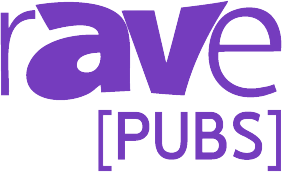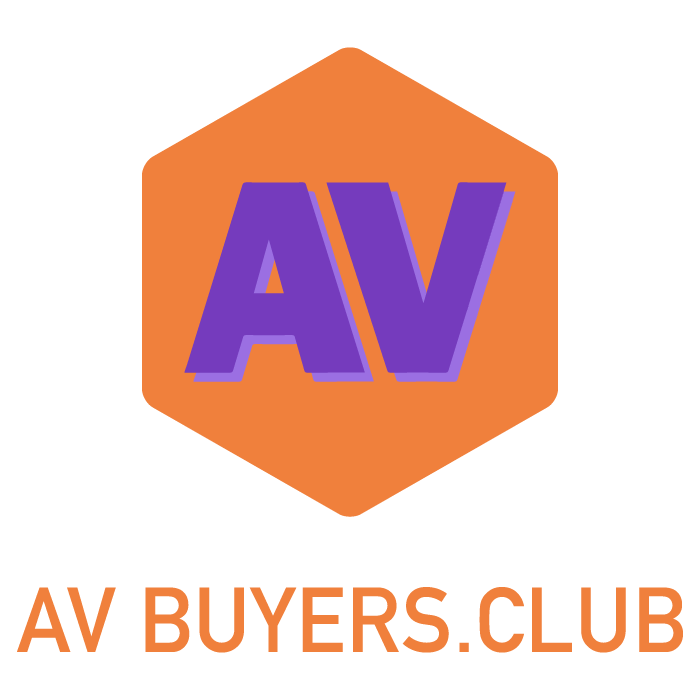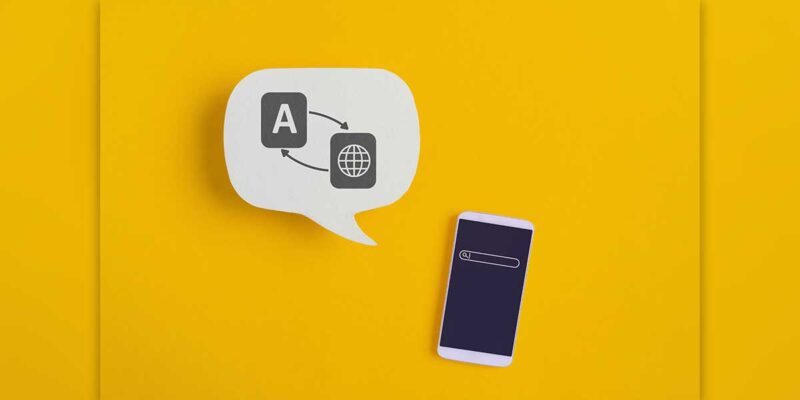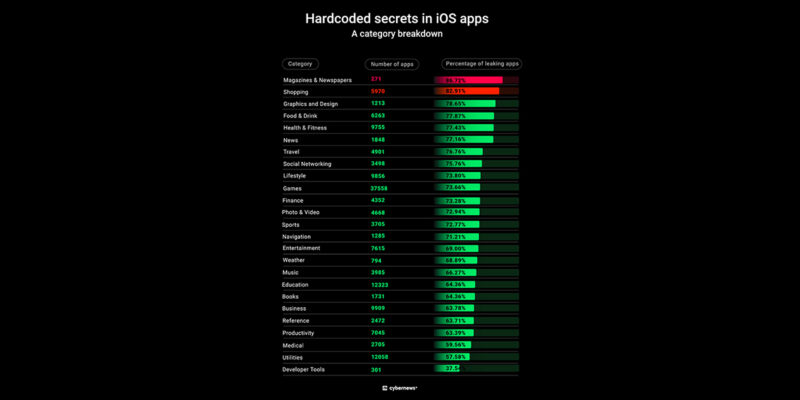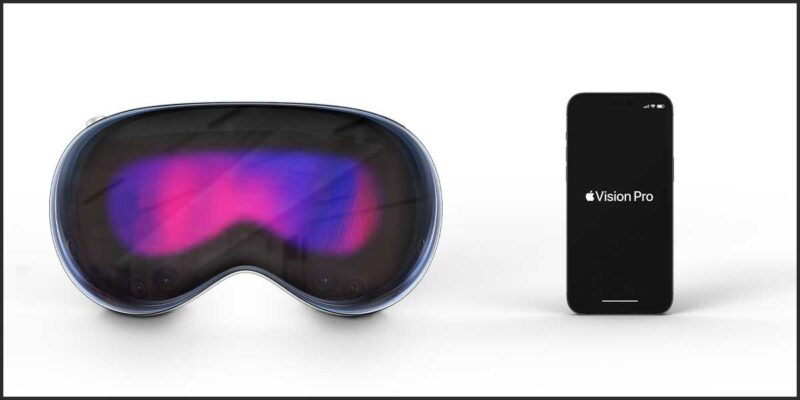What Can Apple Teach Us About Selling?
 A lot of people (technical people, in particular) HATE Apple products.
A lot of people (technical people, in particular) HATE Apple products.
There, we said it. Those folks think the beloved fruit company’s products are overpriced and under spec’d. They think it’s insulting that Apple doesn’t let consumers change their own batteries. They think iTunes is limiting. The list goes on…
But one thing that can’t be said about Apple products is that they lack focus. The user experience they provide is the #1 reason for their success… and the #1 reason compromises exist in their designs — which makes some people hate them.
So, what’s the point?
Whether you love or hate Apple products, user experience is important to, well… users. And while many dealers spend a lot of time focused on the user experience of their system designs, the same isn’t always true of their sales processes.
Here are a few examples:
Let’s say your customer has a large room—much too big for a single pair of speakers to cover adequately… but your customer doesn’t want to pay for another pair. Do you:
- Explain, “Mr. / Mrs. Customer, the size of this room requires two pairs of speakers for adequate coverage. I don’t want to put my name on a system that’s designed incorrectly.
- Say, “OK, but I don’t think you’ll be happy with the result… it just won’t sound very good. I’d rather see you downgrade the speakers to put two pairs in for the same price as a single pair of what I originally specified.”
- Ask, “Have you ever been to a party and had to move somewhere quieter to have a conversation, because the music was too loud? Two pairs of speakers will ensure that everyone in the room will be able to hear the music, but nobody will find it too loud to talk over.”
Now let’s pretend your customer is asking why it costs so much for you to program a remote. They say, “For that much money, maybe I’ll just switch back and forth between remotes.” You explain:
- “A professional quality product requires professional programming. This is a very fair price and I would put it to the test against any other professional’s price.”
- “OK, I can point you in the direction of a remote that you could program yourself… It won’t be as good a result, but at least it will stop you from switching back and forth between remotes.”
- “I understand that it sounds like a lot of money, but the remote is going to be the only way you interact with your system. When I custom program it, we can include things like a command to ‘watch a movie at night’ which will calibrate the system so that the subwoofer won’t wake the kids up during an action scene.”
You’re helping a client choose between a 60″ TV and a front projection system. In explaining the pros and cons of each, you:
- Discuss the superior performance of a flat panel TV when ambient light is present.
- Explain how with a 1080p projector, even a very large image will still look natural and detailed.
- Discuss how one of your clients has a family movie night each week and that a front projection system really makes it a special event for the whole family. They make popcorn together, turn off the lights, and everyone brings blankets and pillows into the theater. The kids like it better than going to the movies with their friends.
If it’s not obvious, the user-experience focused choice is “C”. It has nothing to do with system design… it has to do with how you sell the benefits of a system using consumer-speak.
Selling (not just designing) with a singular focus on the customer experience means making the technology real to them. It’s about telling stories and relating to the real-life situations that your clients are trying to enhance by hiring you. It’s not about technology… scare tactics… or negotiations.
The best thing about focusing on the user experience? It means you’re not focused on price. So whether you personally love or hate Apple products, there is a reason they are the world’s richest company.
How do you sell? Do you have creative techniques for media distribution, surveillance or other categories?
This column was reprinted with permission from SnapAV and originally appeared here.

